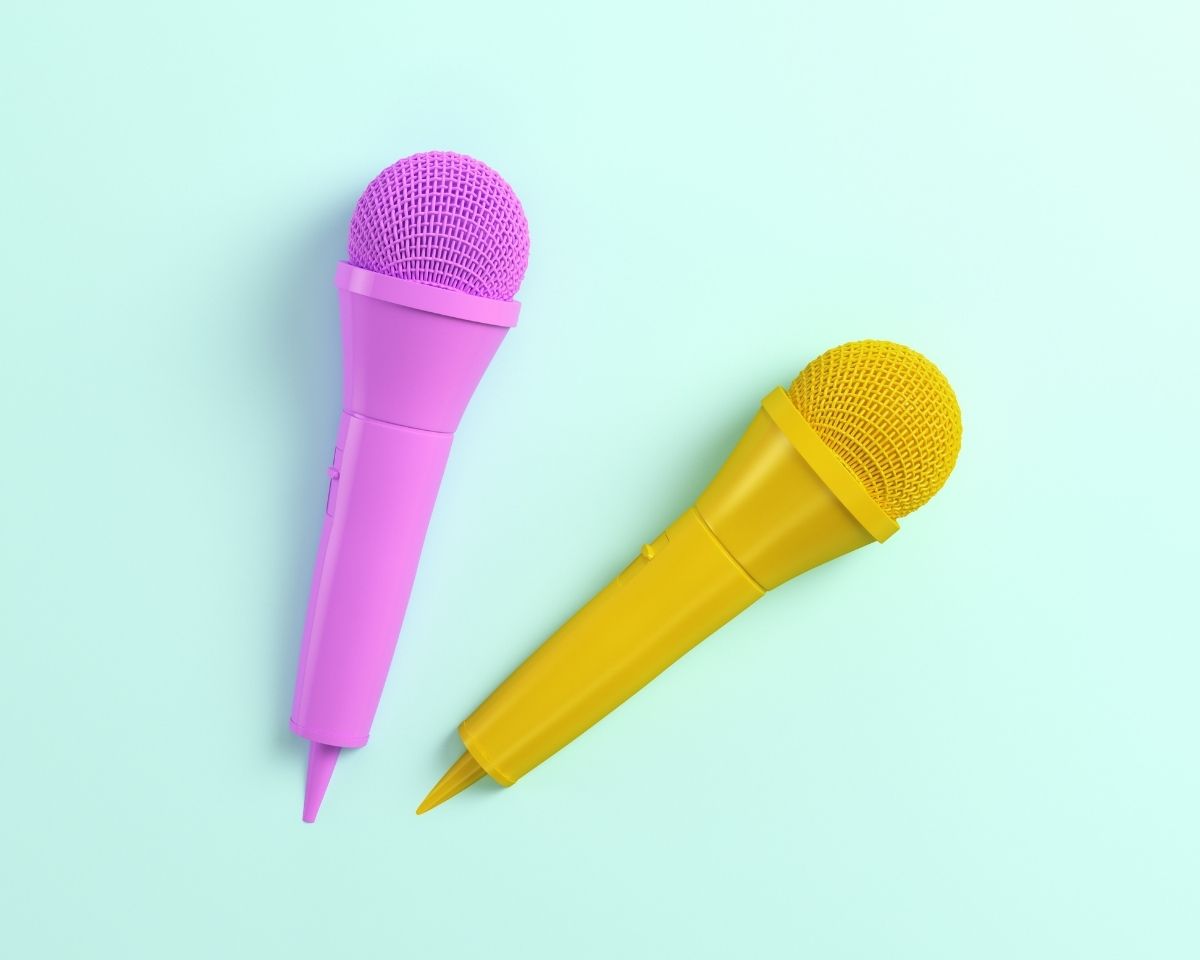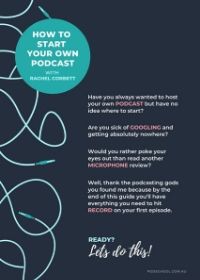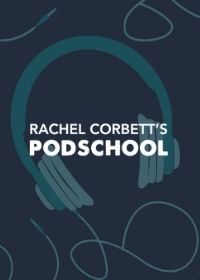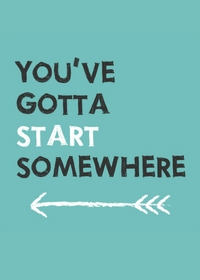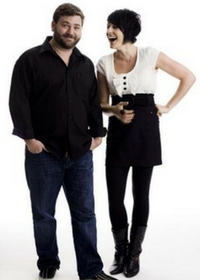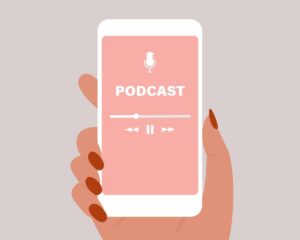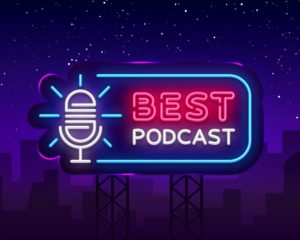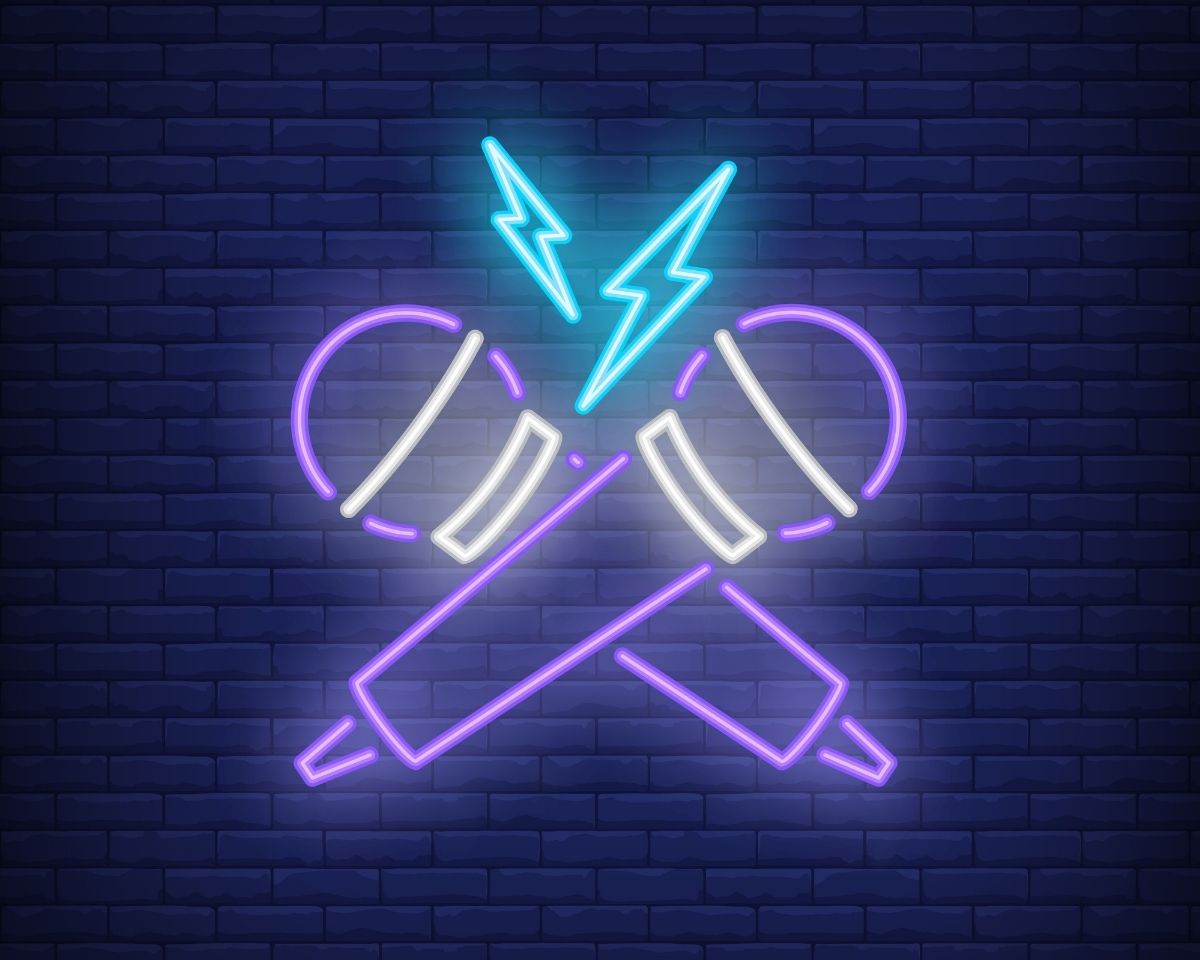
Got more than one USB microphone but can’t get them both to work?
If you want to record your podcast using your computer and audio editing software you’re going to need a USB microphone.
Unfortunately, if you’re planning on having more than one person on your show it’s not as easy as shoving a microphone into each of your USB ports and pressing record.
Your computer’s sound card isn’t set up to register more than one USB microphone so you need to do a little configuring in the back end to get things working.
What’s the most versatile equipment set up for podcast recording?
Before I get into an example of how to set up two USB mics let me say that my advice is actually to avoid this process altogether, especially if you’re just starting out.
I’ve been working professionally in audio and podcasting for over 20 years and I was ready to pull my hair out by the end of this process.
So, if you can’t be bothered faffing around with aggregate devices and online mixers, my top recommendation for a versatile podcast setup is to purchase a portable recorder that you can also use as an audio interface.
I have a Zoom H6 which has four inputs so you can plug in a microphone for every person on your show and record everyone at once in one location.
You can save your audio directly onto an SD card. Or, if you want to record into audio editing software, you can plug the device into your computer and record directly into that.
This setup gives you the flexibility to record on the road or at home on your computer. You just plug in your microphones and away you go.
If you’re still reading, here’s a word of advice…
This process of setting up multiple USB mics is way easier (although it’s still not easy) if you have two mics that are different brands.
If you’ve got two of the same, your computer and certain pieces of software sometimes can’t tell the difference between them.
It’s also a pain in the butt to work out which one is which when you’re setting things up manually so save yourself the trouble and avoid this issue.
Ok, here we go…
How to record two USB microphones on a PC
If you’re using a PC you’ll need to download software to make this work.
Voicemeeter is a free online mixer that allows you to link up multiple USB microphones. Then, when you record, it’s as simple as selecting Voicemeeter as your input and output in the audio hardware settings of your recording software.
It’s important to note this method records both microphones on one track rather than each microphone separately.
Having separate voice tracks gives you a little more flexibility when you’re editing but it’s definitely not essential.
Just make sure you’ve checked your levels before you start recording so both voices are at a similar volume because if they’re on the same track you’ll have to go through and manually lift or lower levels if one person is louder or softer than the other.
If you know you definitely want your voice tracks recorded separately (this is more of an advanced step and isn’t essential) you can use a program called ASIO4All.
This is a paid program and takes a bit of configuring so if you’re a beginner I’d just stick to using Voicemeeter.
To see how to set up your microphones in Voicemeeter, check out this video…
Check out more videos like this at my online podcasting course, PodSchool.
How to record two USB microphones on a Mac
This doesn’t require any additional software because there’s an app in the Utilities folder of your computer that can help you do this.
Just search for ‘Audio Midi Setup,’ click the + in the bottom left-hand corner and ‘create aggregate device.’
Once you’ve selected your different USB mics you select the aggregate device as your input and output in your recording software.
To see how to set up an Aggregate Device on your Mac, check out this video…
Check out more videos like this at my online podcasting course, PodSchool.
Got a burning question you’d like answered on the podcast? Send me an email.
Want to start your own podcast but need a little help? Download my “How To Start A Podcast” guide or sign up for my online podcasting course, PodSchool.
Well, well, well look who's back in your ears. I've missed you! I've been gone so long. I'm sorry things got busy. I certainly wasn't sitting in the Maldives! I've been making a lot of podcasts which is great because I had a lot of experience when you last heard from me but now I've got so much more. I'm up to about podcast number 15 that I've made for the Mamamia Podcast Network where I'm Head of Podcasts. So lots more knowledge in my noggin, that's for sure.
Now I wanted to kick off this fresh brand new episode back and I will be dropping episodes each week for the next little while so that's exciting. If you've got any questions please email me. Just head to rachelcorbett.com.au and head to the contact page.
One question I get asked a lot is "How do you use more than one USB microphone if you are recording your podcast into your computer?" The reason this is such a reasonable question is because you would think that USB ports would work like they do with every other device. You just plug multiple USB microphones into multiple USB ports and all of those microphones would work. But unfortunately, that's not the way things happen and it's probably because computers weren't really set up to be podcasting devices. Basically you have to do a bit of fiddling in the background to make sure the input that goes into the software you're recording into recognises every single mic you want to use.
This isn't going to be a problem if you're doing a show solo or alternatively if your setup is just you in your home studio with a computer and you talk to people via Skype or Zencastr or Ringr remotely. If that's what you're doing you just need one microphone, plug it in and you're good to go. It's really only if you're going to have a bunch of people in the same location and you're plugging multiple microphones into your computer that you're going to have to do something to help your computer along (if your computer even has USB ports anymore which apparently we're getting rid of because Apple just wants us to think our files into our laptops).
So how do you actually do this? There are two separate ways depending on whether you're a Mac user PC user. Mac's, despite having no USB ports anymore, do make this a bit easier. If you head to the description of this episode you'll find a link to the show notes page and you can also head to my website podschoolpodcast.com and type USB in the search bar and the show notes will pop right up. I've got a video there that takes you through how to set this up.
The first thing I’d say is that whether you’re a Mac or a PC user this usually works better if you have two different USB microphones. If you’ve got two of the same your computer often has difficulty distinguishing, plus it’s just annoying when you’re selecting things because you don’t know which one is which. So to make things easier just get yourself two different brands of microphone otherwise you’ll get lost in the quagmire of trying to work out which one is which like I did.
So, now to how to do it. If you're using a Mac there is an app in the background that you've probably never heard of. It's called audio MIDI setup. I doubt you would have had cause to find it or use it but basically what this does, when you open it up, is it allows you to create what is called an aggregate device. And when you create a new aggregate device it basically aggregates your two microphones and that is what is selected as the input for your audio editing software.
The other way that you do it if you're on a PC is you're going to have to download a piece of software which is a bit of a bummer but at least it's free! Voice meter is an online mixer that gives you the ability to set up a bunch of different microphones and when you go into your audio editing software you select voice meter as your input. There's another program as well that's called ASIO For All and that's another option as well.
Again I'll have links to all of this and a video in the show notes and you can find a link to that in the description of this episode. I bet as podcasting grows it's going to be a hot second before there's some kind of system set up in computers where it is way easier than it is right now but at the moment this is how we have to do it. My recommendation always for the best and simplest audio set up to use multiple microphones is to buy a portable recorder like a Zoom. I have a Zoom H6 but there are a bunch of earlier models you can get for cheaper. The reason I love this device is because it's versatile. You can plug a bunch of different microphones into it and you can record wherever you are onto the SD card. Or if you need to record directly into your computer you can just plug the Zoom into your computer and use it as an audio interface. So it's a really versatile option and you don't have to download any software or set up any aggregate devices. That to me is always the easiest solution and it's great because if you decide I want to go on record at somebody else's house you've got a portable recording studio with you wherever you go.
Head to the show notes page to find a video that takes you through all of this and of course if you need any extra help with your podcast I'm here to assist you. I have an online podcasting course called PodSchool and you can find that at PodSchool.com.au. I'll see you next week and until then happy podcasting.
